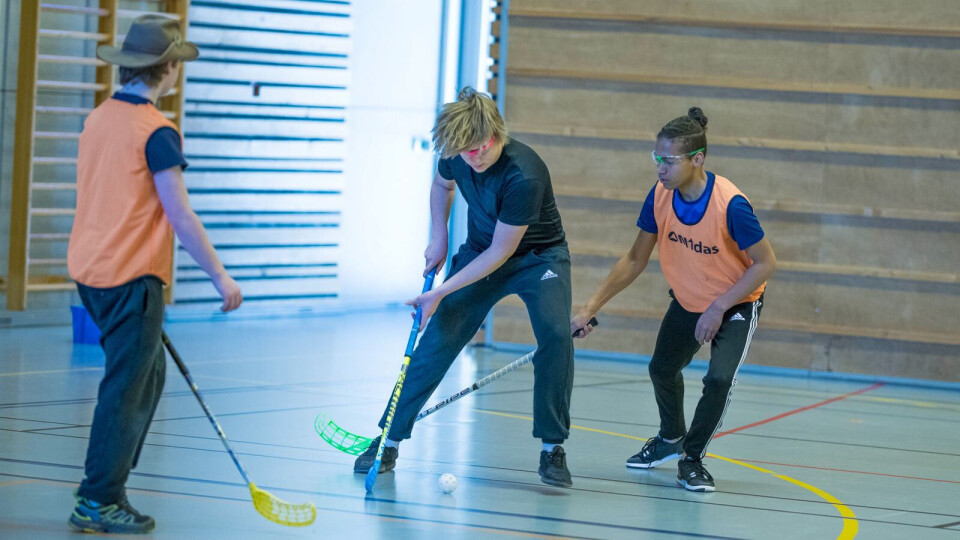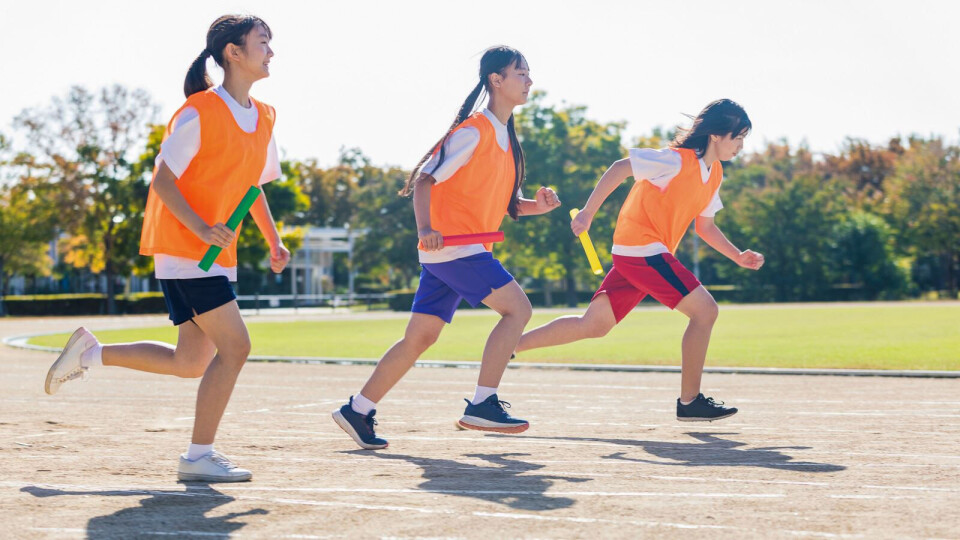THIS ARTICLE/PRESS RELEASE IS PAID FOR AND PRESENTED BY The Norwegian School of Sport Sciences - read more

Increased levels of physical activity lead to a quicker brain
You will do better at both reading and arithmetic if you spend some of your theoretical lessons on physical activity. And the harder you push, the better you’ll perform.
You have heard it before, but it’s now even clearer: Physical activity leads to improved performance at school, at least in the national tests adolescents have been measured in. A new study of more than 2,000 randomly selected Norwegian adolescents confirms this. It also shows that the results were even better for those who also experienced improved physical fitness and that it had no negative impact if you took some time out from lessons to get active instead.

Both lead to improvement
In the study, 30 different schools added two additional hours of physical activity for adolescents each week. The pupils at ten of the schools participated in teacher-led activities in which a teacher decided what the adolescents would do, while pupils at ten other schools led the activities themselves. The pupils at the final ten schools followed their ordinary schedule and were included for the purpose of comparison.
“The surprising thing for us was that both of the test groups showed improved performance in national tests during the project period,” says Runar Barstad Solberg. He carried out the study in connection with his doctoral degree, together with a large project group.
The study forms part of the ScIM 'Schools in Motion' study (link in Norwegian).
Higher intensity, better results
“The findings indicate that adolescents find it easier to learn theory if they are more physically active,” he says.
But, more unexpectedly: The project also shows that improved learning is not affected by how intense the activity is, up to a certain point. It’s slightly complicated.
“All additional physical activity has an impact, but you will experience even better results if you also improve your physical fitness,” Solberg says.

Better grades
The adolescents at the 30 schools were tested in Norwegian and maths. And there is no doubt that they got better during the period of increased activity: They were tested using “[standarised] national tests”. (in Norwegian)
“The average score on these tests is 50 points. On average, the adolescents in the study improved their results by more than two points, regardless of test group. This change is both clear and positive,” Solberg states.
The results are very positive even though two points might not seem like a lot and it is hard to pinpoint exactly what the impact is. “This is the same as saying that, on average, everyone improved their grades.”
The cause can be found in the brain
However, the most interesting aspect is that performance increases by nearly as much in both of the test groups, i.e. at the schools where adolescents led their activities themselves and at the schools where activities were teacher-led and conducted at a specific intensity.
It even happened if the self-led group took things more easily.
“This means that it is the physical activity itself that is crucial,” Solberg says.
He and the other researchers behind the ScIM study (see factbox) believe that the causes can be found in the brain, as well as in physical and social aspects. Increased activity triggers mechanisms in the brain that can improve concentration and learning.
Physical breaks, during which you are able to do things you enjoy and can work on subjects in different ways also likely contribute to easier learning in sedentary subjects.

“It works”
Runar Barstad Solberg and the rest of the project group asked the teachers to report on how well they managed to complete the project each week. He was overwhelmed by the response.
“It has been incredible. The weekly reports from the schools show that both teachers and pupils were able to meet 80 per cent of the maximum target. That is excellent,” he says and explains that many of the teachers who were initially sceptical of the project ended up being convinced.
“This means that the project can be implemented in the real world and that a programme to increase physical activity during the school day can be introduced at other schools and, above all: It shows that physical activity influences results.”
Not without cost
“I guess it’s just a matter of implementing this everywhere? The school day simply becoming more 'physical'?”
“Well... I’m not sure. The Ministry of Education and Research and the Ministry of Health and Social Care have been keen to support the project from the beginning. But it does not come without cost," Solberg says.
The 30 schools that participated received NOK 900 per pupil in order to implement the project. In order to scale the project to a national level, the total cost would increase significantly. In addition to extended school hours, school transport would also have to be changed in some areas.
“Of course, one option would be not to extend school hours but to take the time away from theoretical lessons, but even if theoretical lessons were cut by just ten per cent, but we are a long way off making such a change,” he says.
Even so, both local authorities and individual schools frequently get in touch. “It’s fun. We have demonstrated that physical activity is relatively simple to implement and also a positive and we have figures that show the outcomes. There is no doubt that active pupils learn more effectively, even if time spent on theory is sacrificed.
See more content from The Norwegian School of Sport Sciences:
-
Football expert wants to change how people watch football at home
-
Kristine suffered permanent brain damage at 22: "Life can still be good even if you don’t fully recover"
-
Para sports: "The sports community was my absolute saving grace"
-
Cancer survivor Monica trained for five months: The results are remarkable
-
What you should know about the syndrome affecting many young athletes
-
New findings on how athletes make the best decisions





































